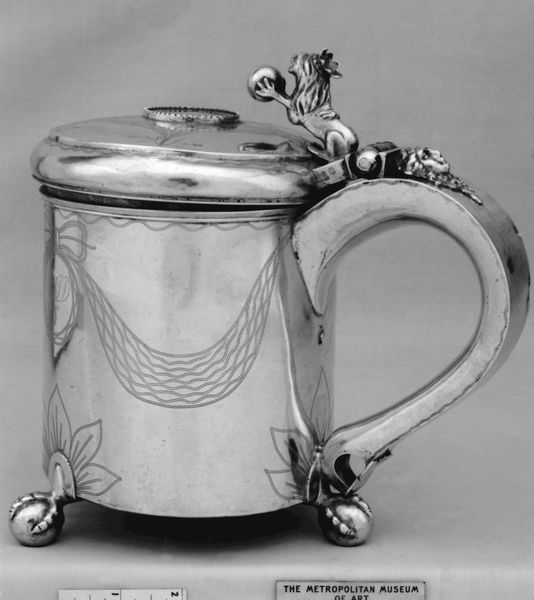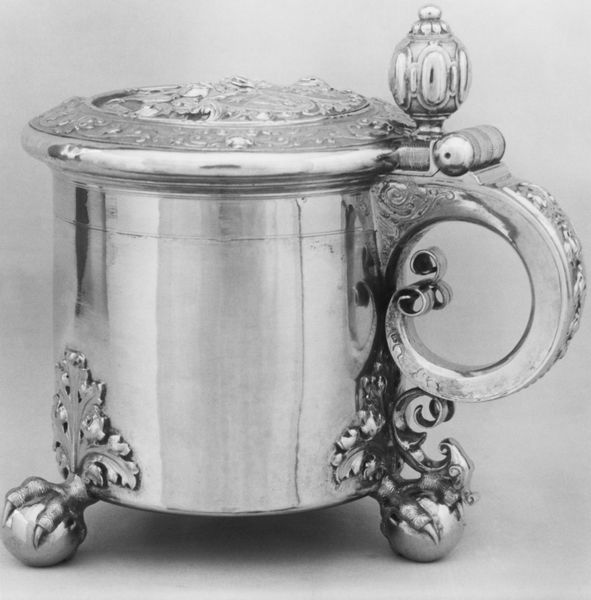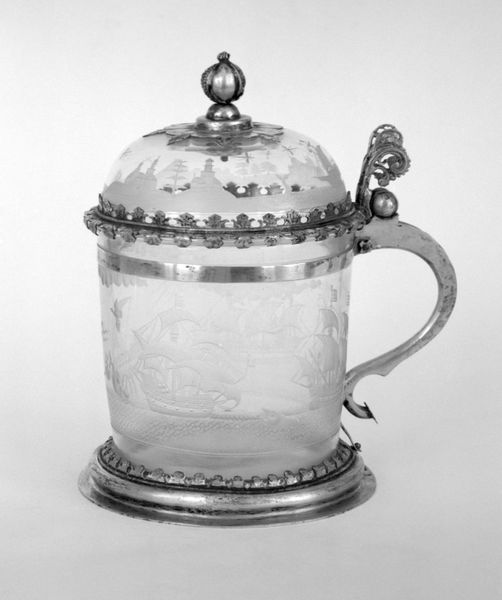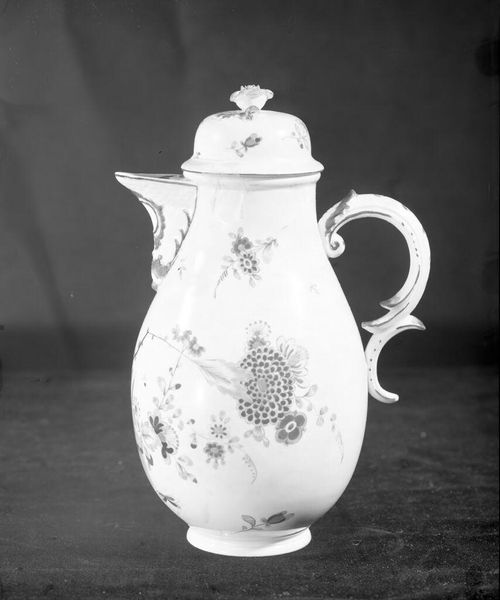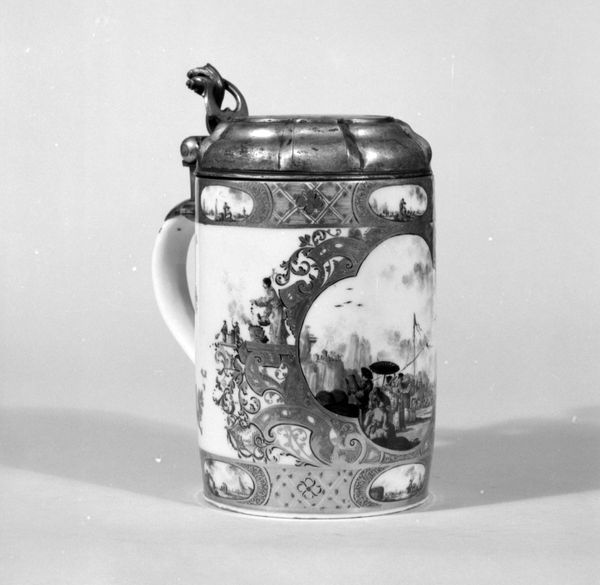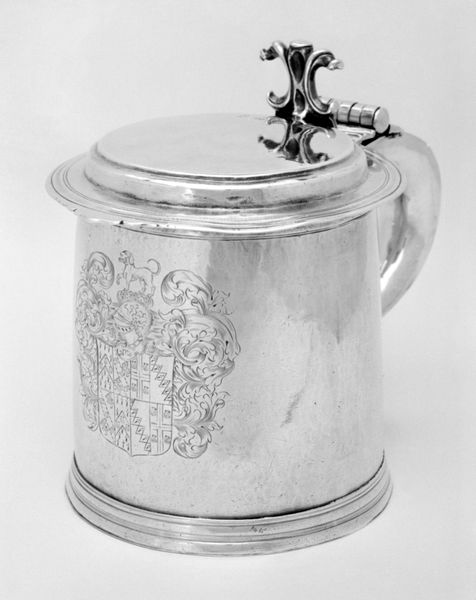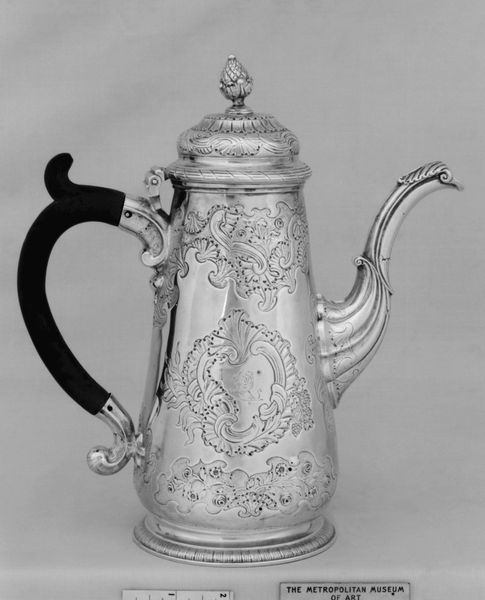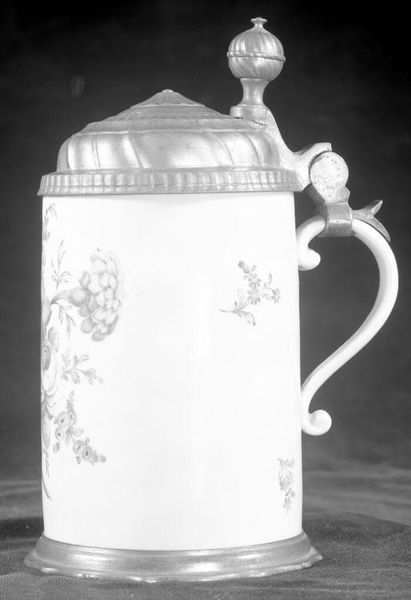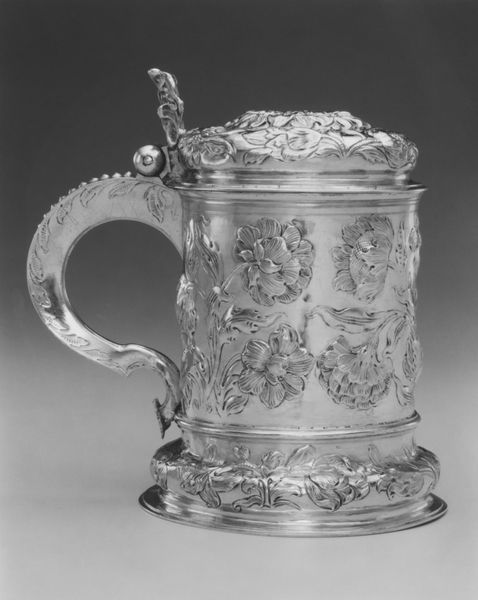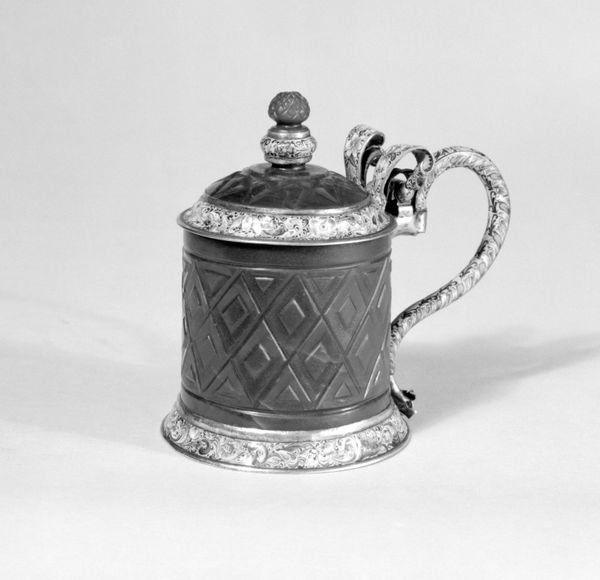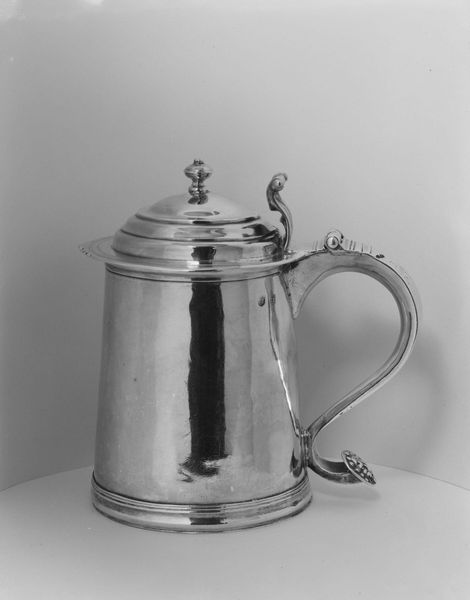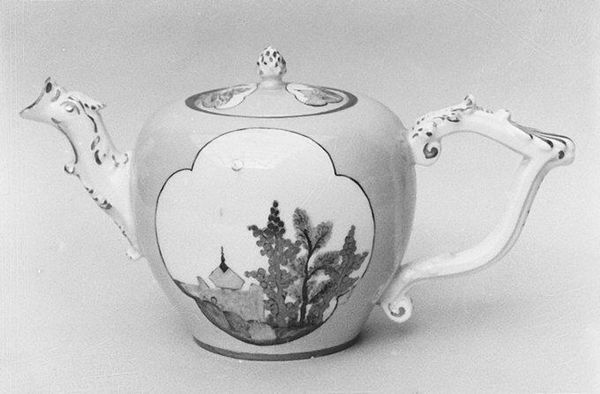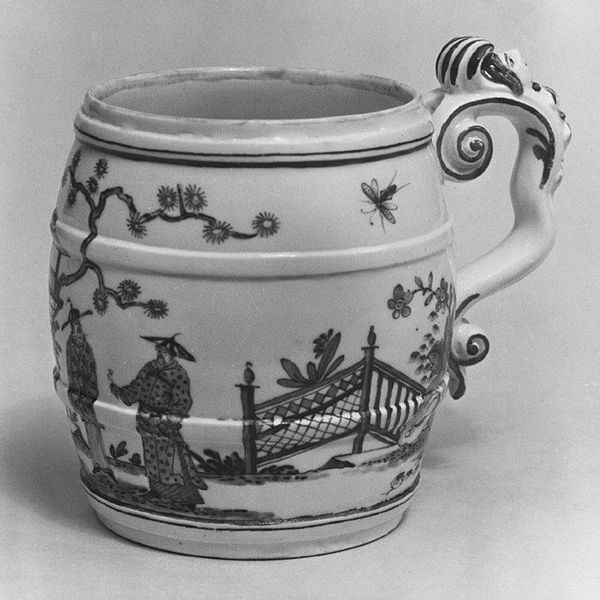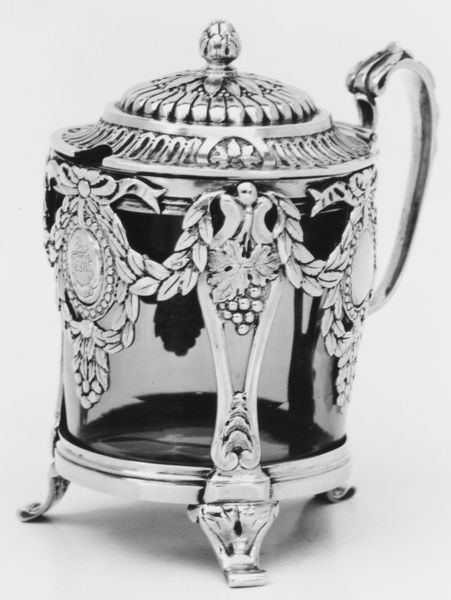
silver, metal, sculpture
#
silver
#
metal
#
sculpture
#
decorative-art
Dimensions: Height: 8 in. (20.3 cm)
Copyright: Public Domain
Editor: This is a "Peg Tankard" made by Andreas Lude between 1780 and 1782, composed of silver. It’s ornate, yet feels strangely... utilitarian. What societal functions did decorative pieces like this fulfill? Curator: That's an excellent question! This tankard represents more than just a vessel for drink; it signifies status and belonging. The decorative arts during this period were deeply entwined with social display. Ownership of silver, like this tankard, broadcasted wealth and good taste, signaling one’s place within the societal hierarchy. Editor: So, it was a public declaration? Were there unspoken rules governing its use and display? Curator: Precisely! The "peg" aspect – internal pegs marking standard measures – also suggests social regulation around consumption. Think of the tankard in the context of communal gatherings, where its use regulated social interactions and reinforced shared norms. Its presence in the household would contribute to a carefully curated image, reflecting adherence to contemporary standards of living and moral rectitude. Editor: Interesting, I hadn't considered the social messaging beyond mere decoration. So the tankard's not just about beauty, but about communicating and reinforcing social values. Curator: Exactly! The history of art often intersects with the history of social institutions and behaviors. What are your thoughts about the future of such objects in museums today? Editor: It challenges us to consider how objects, often perceived as beautiful or valuable in a purely aesthetic sense, can be understood as historical documents of power and social control. Thanks, I’ll never look at silverware the same way! Curator: And hopefully this tankard helps others understand that art and culture are reflections of each other.
Comments
No comments
Be the first to comment and join the conversation on the ultimate creative platform.
